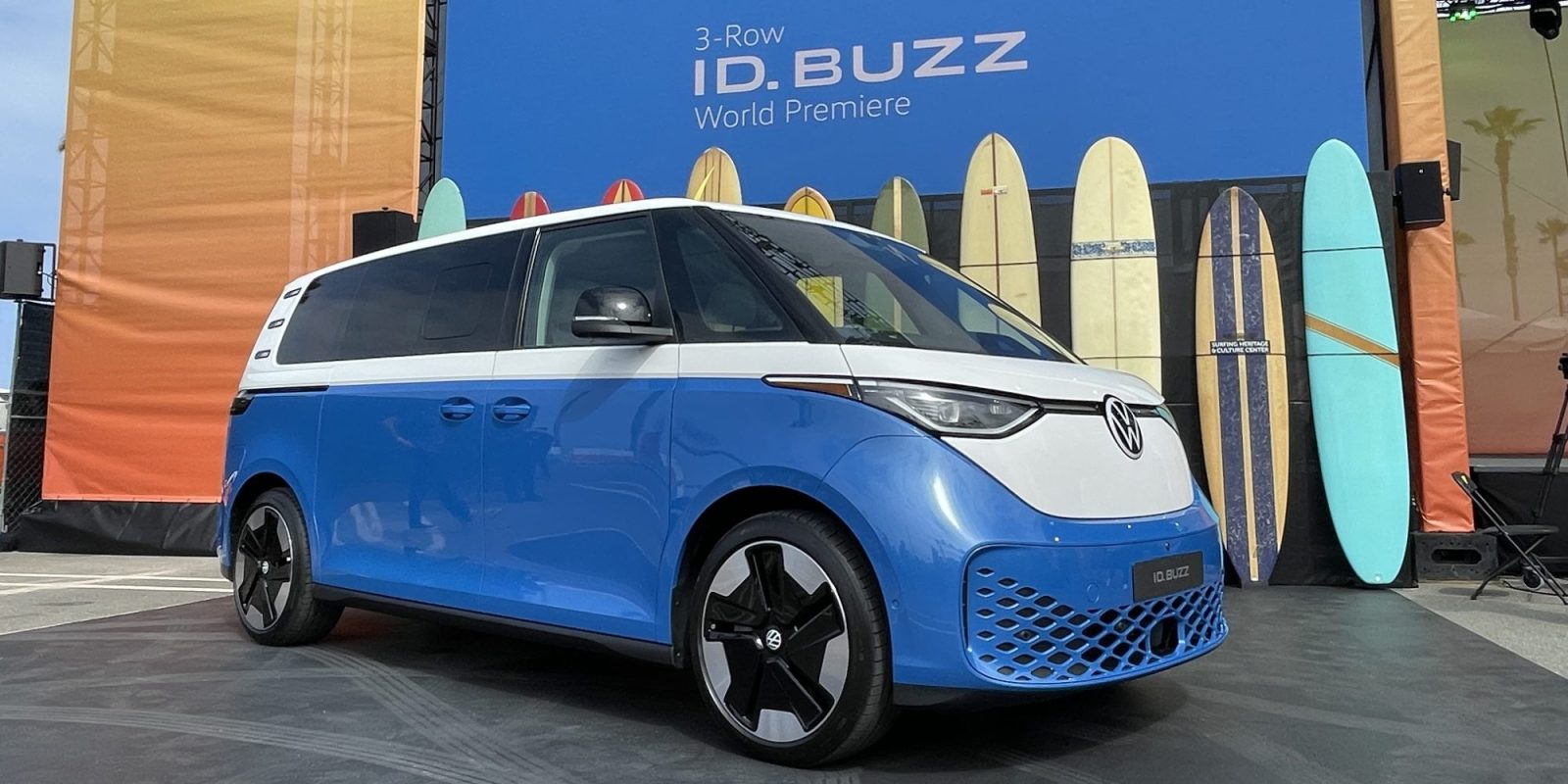
VW has revealed the much-anticipated long wheelbase version of its ID. Buzz electric microbus, with an extra row of seats and starting deliveries next year in the US.
Update: we’ve added some more information we gathered today at the reveal event this morning in Huntington Beach, CA.
The new ID. Buzz version is much like the two-row European-only spec, but with a little more of just about everything. It has 282hp as opposed to 201hp (plus an available 330hp dual-motor configuration) with a top speed of 99 mph instead of 90 mph, 91kWh instead of 82kWh of battery, and is a full 10 inches longer. It also gets an openable rear window, unlike the two-row version.
Those additional 10 inches all come in the form of a 10-inch-longer wheelbase. At 192.4 inches long, the three-row ID. Buzz is actually a full 2 feet longer than VW’s original 168-inch-long microbus. This all means more space for humans and cargo compared to the two-row version. The extra row of seats takes up some of that space, but the 2nd row folds flat and 3rd row can be removed (and Canada will get a unique long-wheelbase, two-row version, without the third row of seats for those who just want more room).
Sitting in the car at the reveal event, there was no shortage of space. At 6′ tall in the 2nd row and with a 6’3″ VW dealer representative behind me, both of us had no shortage of room in any dimension. 6 adults should have no problem here, and probably 7 as long as at least one of them is skinny. VW is planning a 6-seat option, but we haven’t seen it yet.



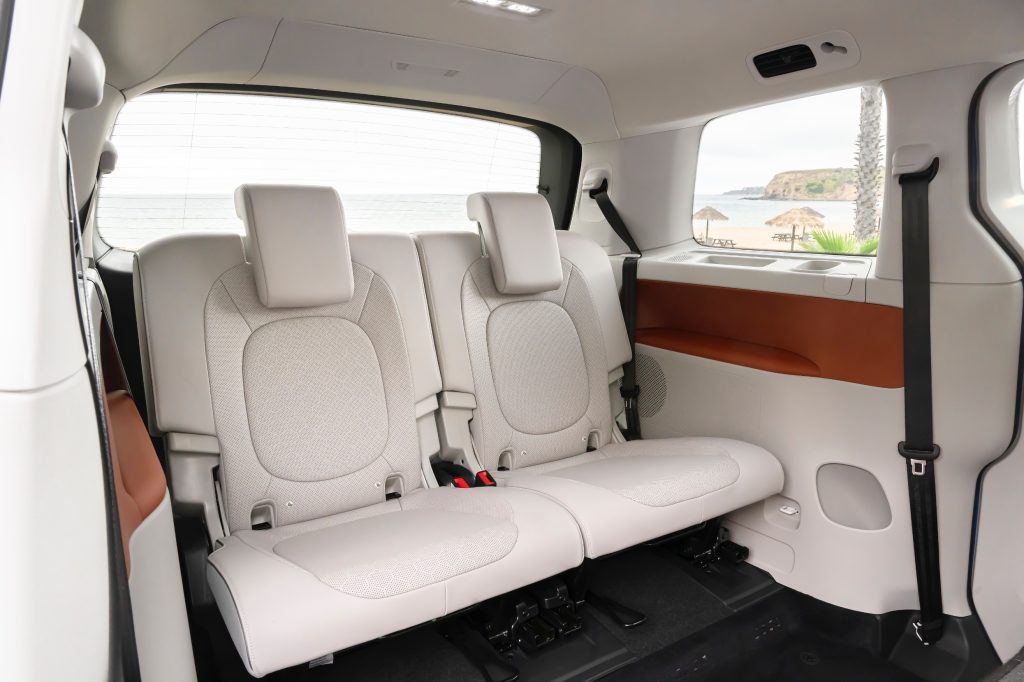
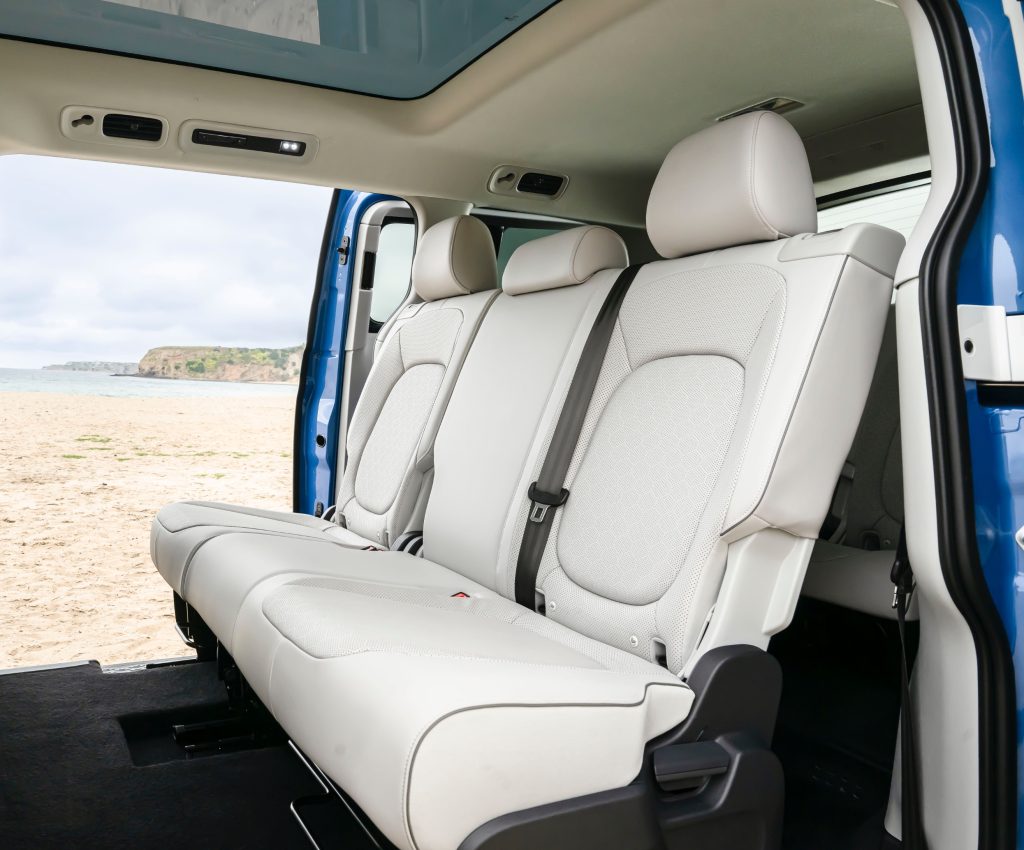
The longer wheelbase also means room for an extra 9kWh of battery. VW hasn’t yet announced the range of the three-row version, though the European spec has 263 miles on the WLTP cycle. While the 3-row has a larger battery, it’s also a longer and heavier vehicle, and EPA mileage estimates are significantly lower than WLTP estimates, so we can’t be sure what the final number will shake out as. All VW would tell is that it will be somewhere between 200-300 miles.
As for charging capability, the two-row bus has 170kW charging, but a VW rep told us that the larger battery will likely enable faster charging, perhaps as high as “around” 200kW.
The only solid efficiency-related answer VW provided in writing, though, is that the Buzz has a drag coefficient of .29, which it calls “very good for a vehicle of this shape” (i.e., a brick).




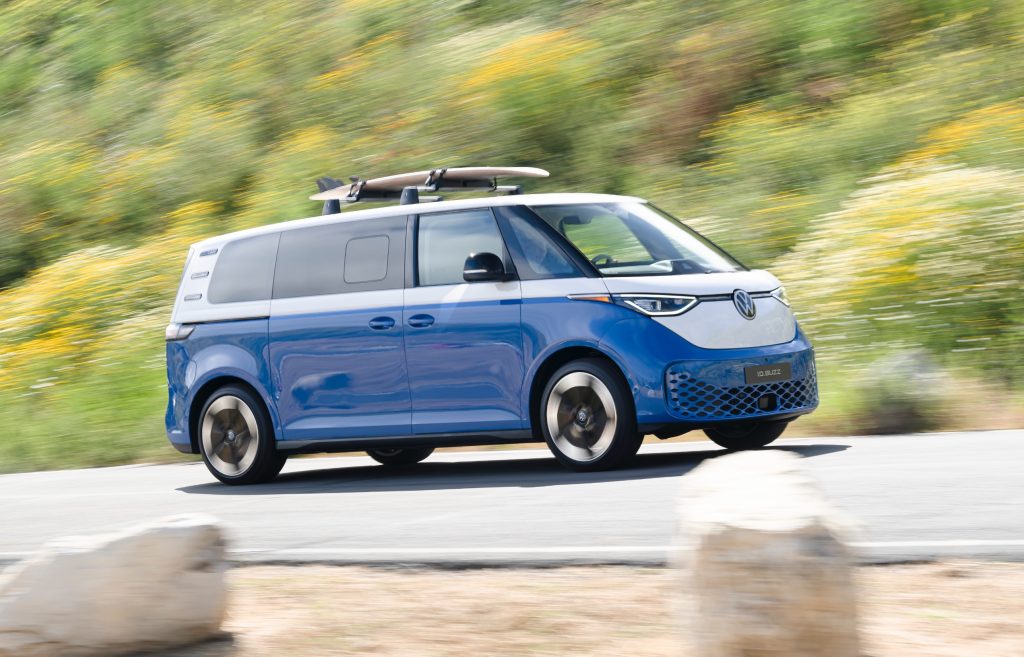
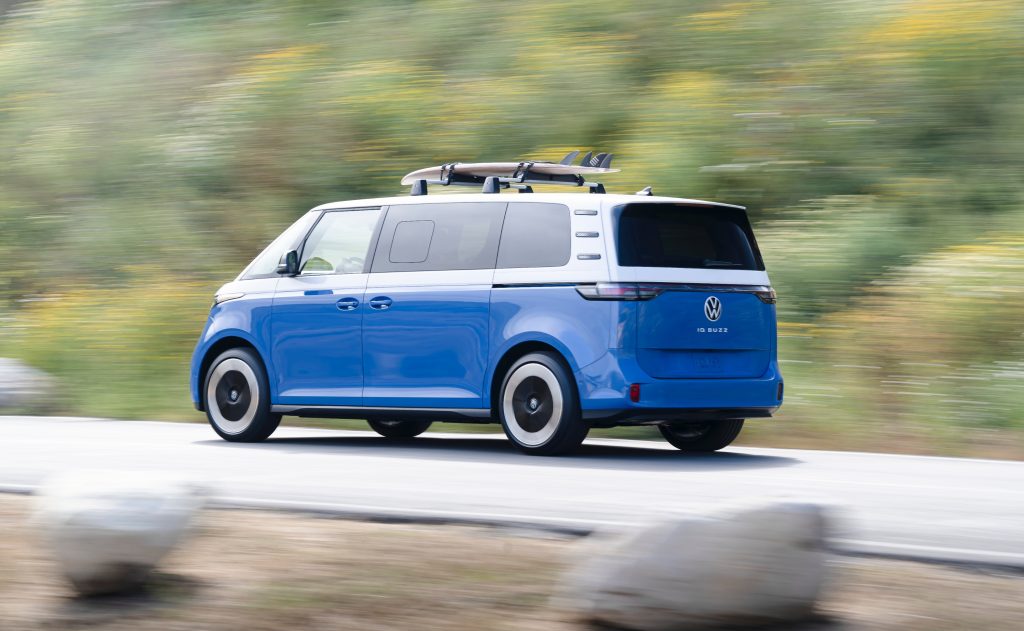
The North American model also comes in three new colors that aren’t available on the European spec: Cabana Blue, Metro Silver, and Indium Grey.
VW hasn’t yet specified a price for the US version of the ID.Buzz, but it starts in the $65K-$70K range in Europe after taxes. While the 3-row version is larger, VW hinted to us at the event that US pricing might even come in below European pricing, but that’s obviously not a promise as nothing is officially announced yet.
A lower price might be necessary because the ID.Buzz will be built in Germany and imported to the US, which means it won’t get access to tax credits like the US-built ID.4 does. This also means the US won’t get the cargo van – it would be subject to the “chicken tax” which keeps foreign trucks out of the US. VW says domestic production could happen, but that’s contingent on sales going well (we at Electrek think VW is underestimating the market for this car), and on production timelines.
Regardless, this puts the price near the high-end of the electric SUV market, nowhere near the entry level. We mention electric SUVs because there isn’t really another vehicle like this. There’s one plug-in hybrid minivan, the Pacifica Hybrid, and some commercial electric vans like the eSprinter and E-Transit. The ID. Buzz sits somewhere adjacent to a van and a minivan, with more character than either, so it’s hard to really find a direct competitor for it.





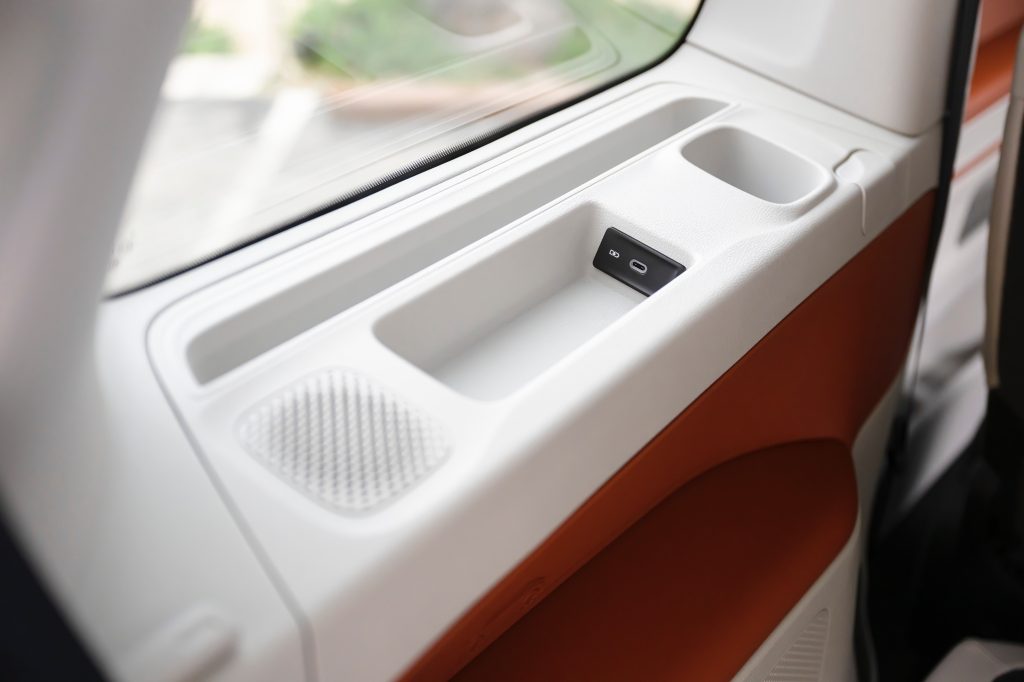
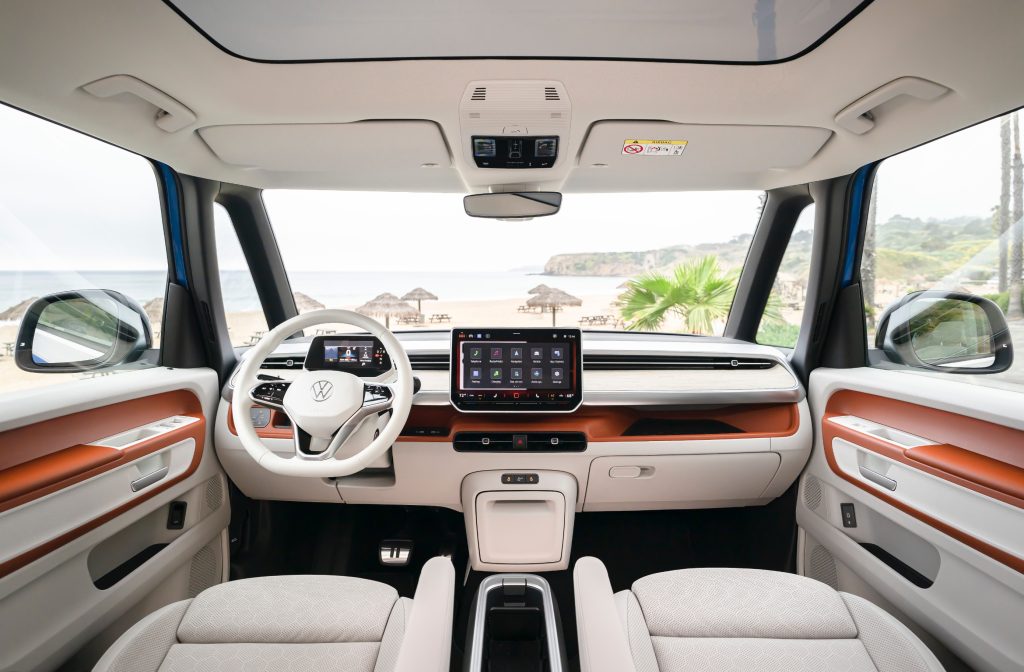
But the closest thing is probably minivans, and this will be much higher price than the gas-powered entry-level of that market, which is in the ~$35K range. That said, the Buzz may access some state and local incentives and will have lower running costs from energy and maintenance.
And, as the first all-electric entry into the market, VW probably thinks it can justify a higher price. Anecdotally, there does seem to be significant demand out there for a cool minivan-esque electric vehicle – especially one that could enable interesting conversion/adventure options.
VW didn’t give us any more news about the upcoming California camper van that it’s planning, but the long wheelbase gives VW room to work with. With all that space and built-in electricity, there should be some really cool options out there for van-lifers (perhaps even ones who want to stay off the grid with solar panels). VW did show off some cool camping accessories on a two-row Buzz, and we’re looking forward to seeing more.
Electrek’s Take
We got a little hands-on time with the ID.Buzz at today’s reveal event in Huntington Beach, and crowds were pretty excited about the new electric bus.

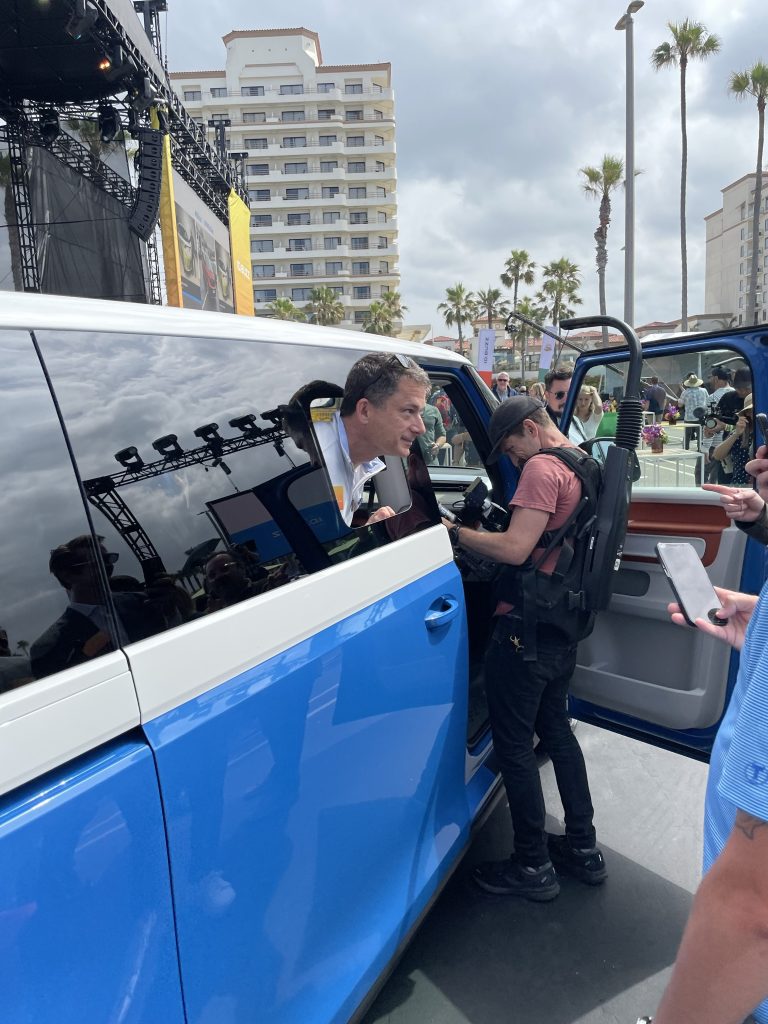

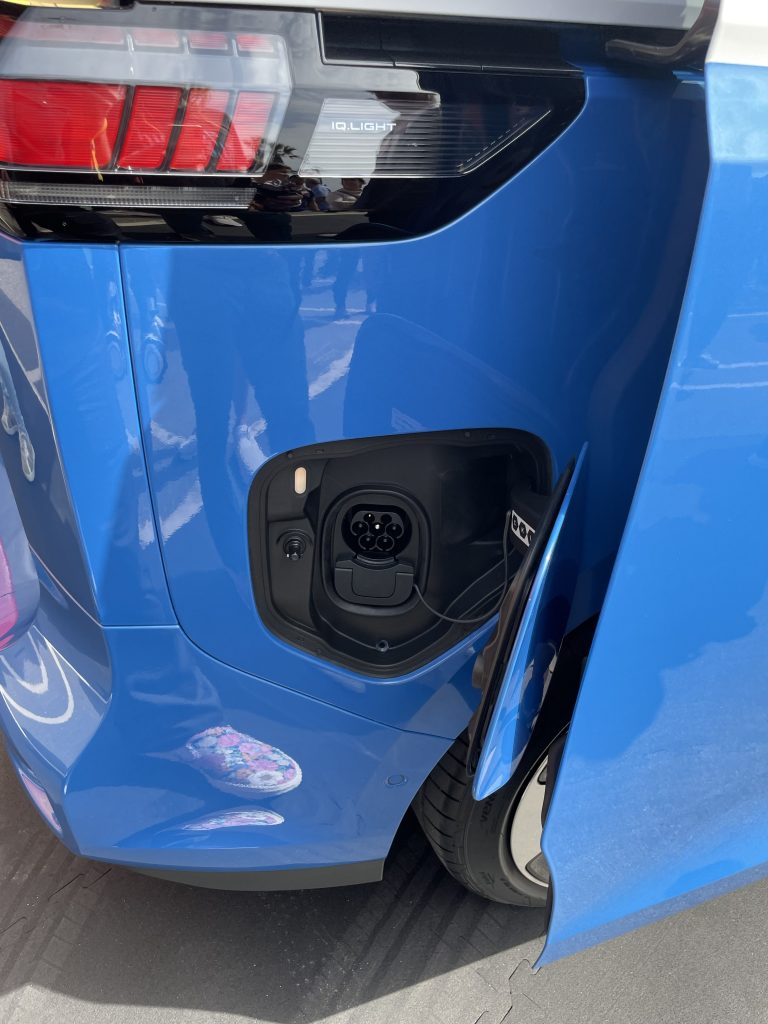
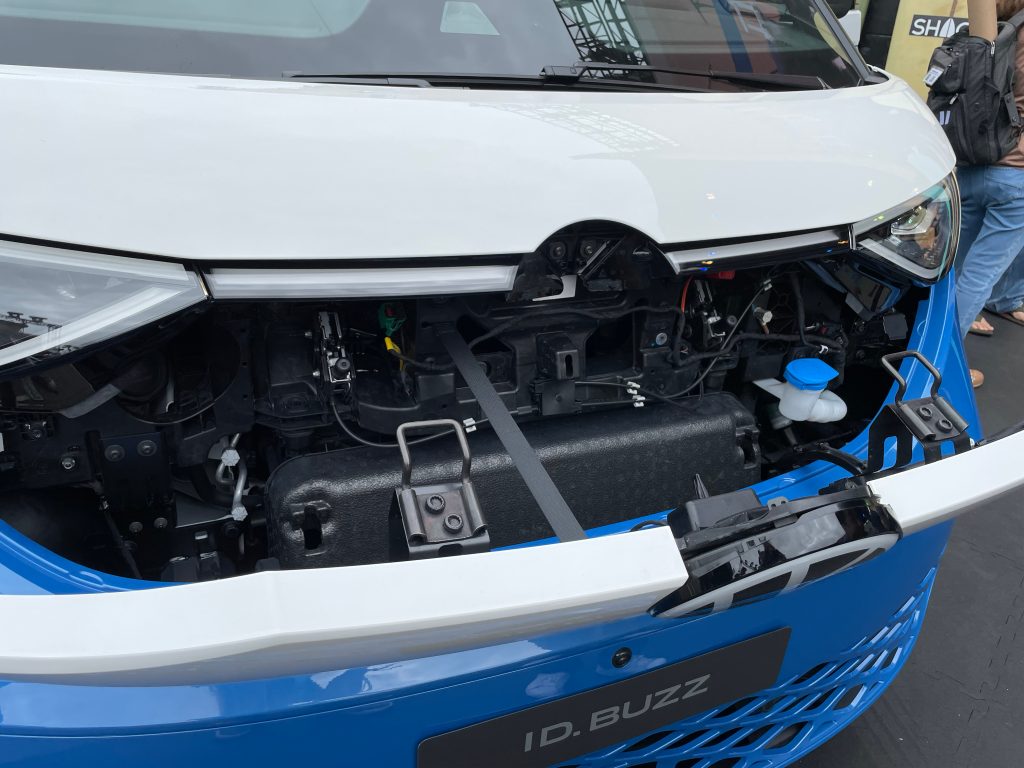
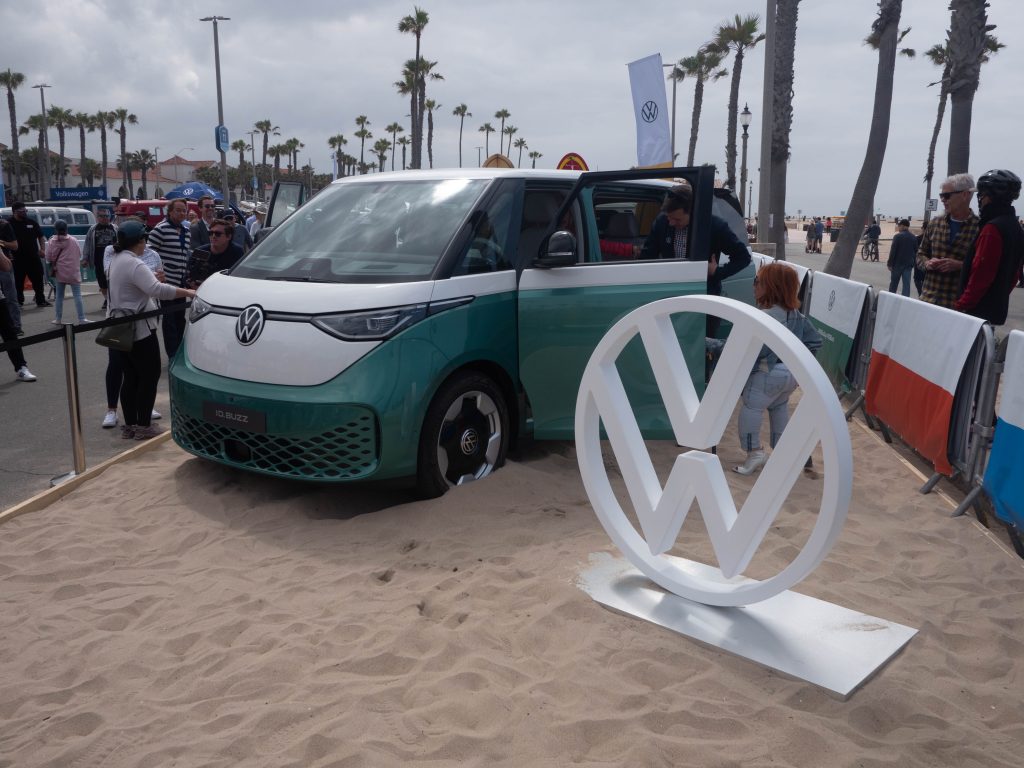
As someone whose family had a VW Vanagon Westfalia camper growing up, the VW bus has special significance to me. My family went on a lot of adventures in that bus, and for all its quirks, it was an awesome vehicle.
And when I got into electric vehicles, I constantly thought about what a great platform a bus would be for an EV, with plenty of room under the floor for batteries which could power various camping accessories (stoves, lights, entertainment, etc.).
So when Voltswagen showed off its original ID. Buzz concept and leaned hard into the cool retro style of it all, I was immediately sold on the idea. I, and many others, thought it was just too cool.
Then reality set in, and the car ended up looking a little less “cute” than the original retro concept. The finalized version got a little more boxy shape, lost the characteristic old multi-window look, and the commercial/cargo version even lost the rear windows to just look like a normal van.
But still, between the two-tone paint job and short overhangs (though a less-forward driving position than classic buses, a result of modern safety requirements), the ID. Buzz remains more “fun” than a normal van. And it does have more character than most minivans, and is less boxy than other vans like the Sprinter and Transit.
At the event today, VW invited bus owners to show up, and there was a huge swath of them filling the parking lot. Many of them were excited to see the bus coming back, but, like me, wished it carried over more of the original spirit of the classic bus. That said, VW’s presentation leaned hard into that classic bus culture, so we hope it can continue to cultivate that and incorporate that spirit into the Buzz.
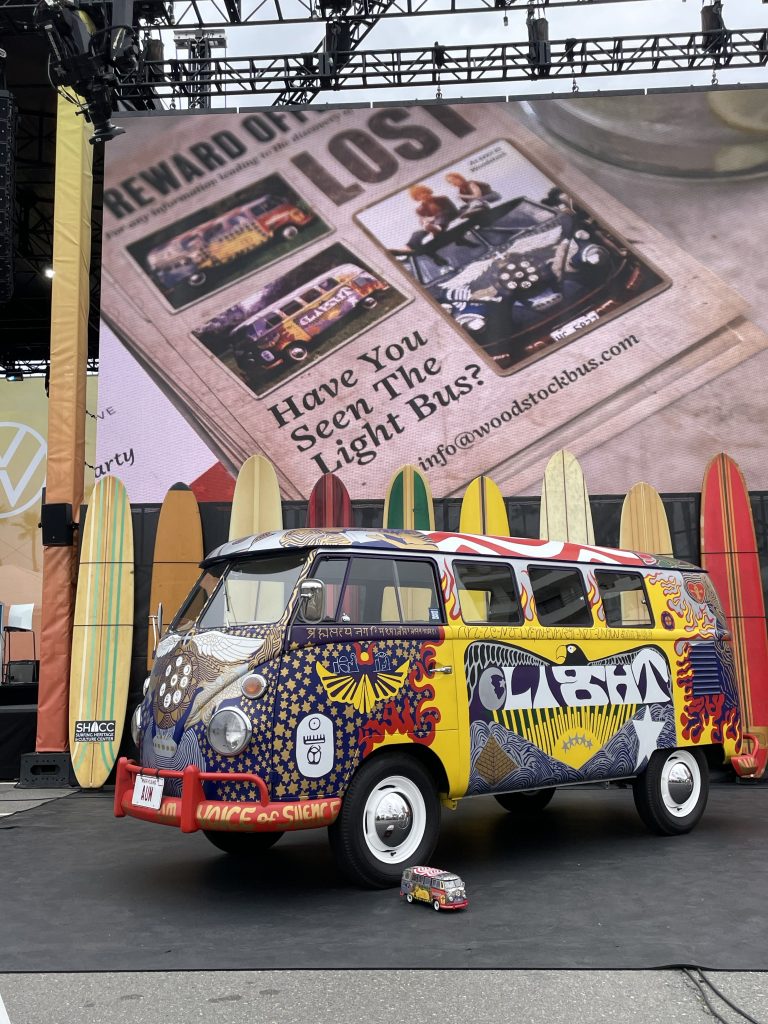
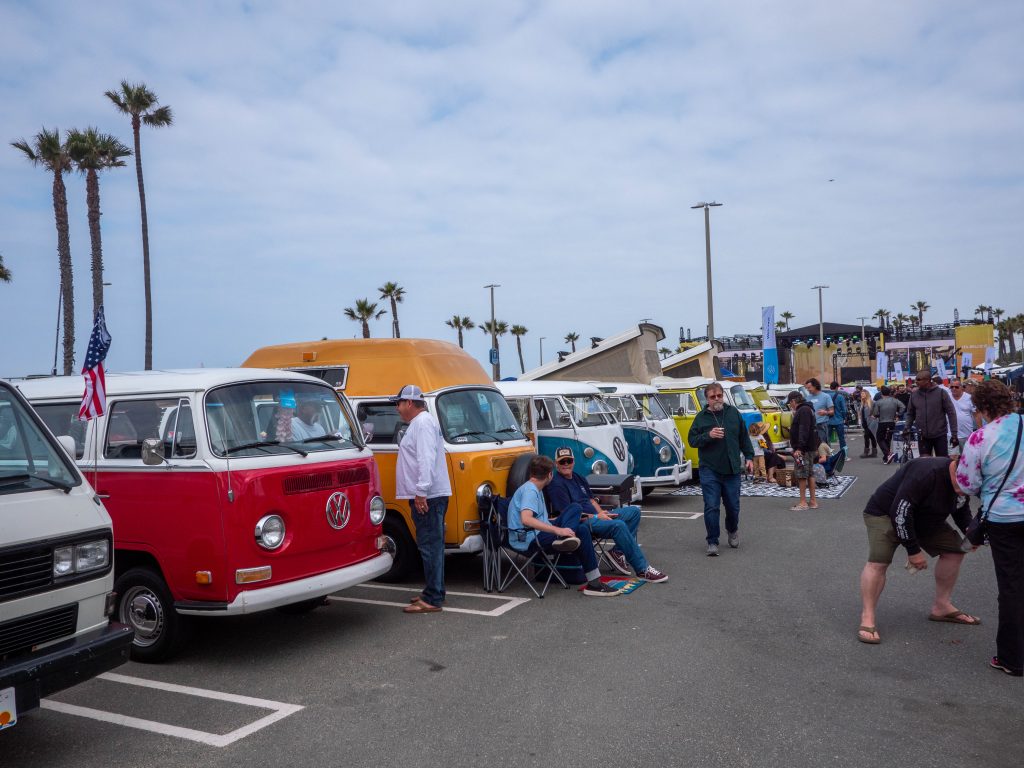
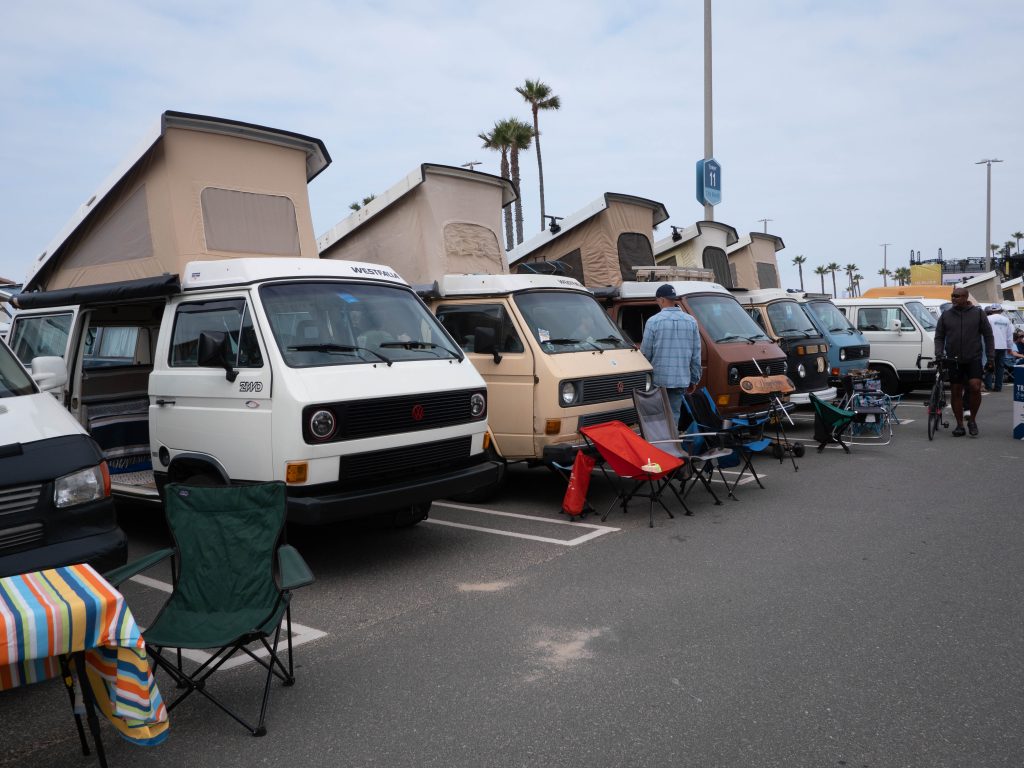
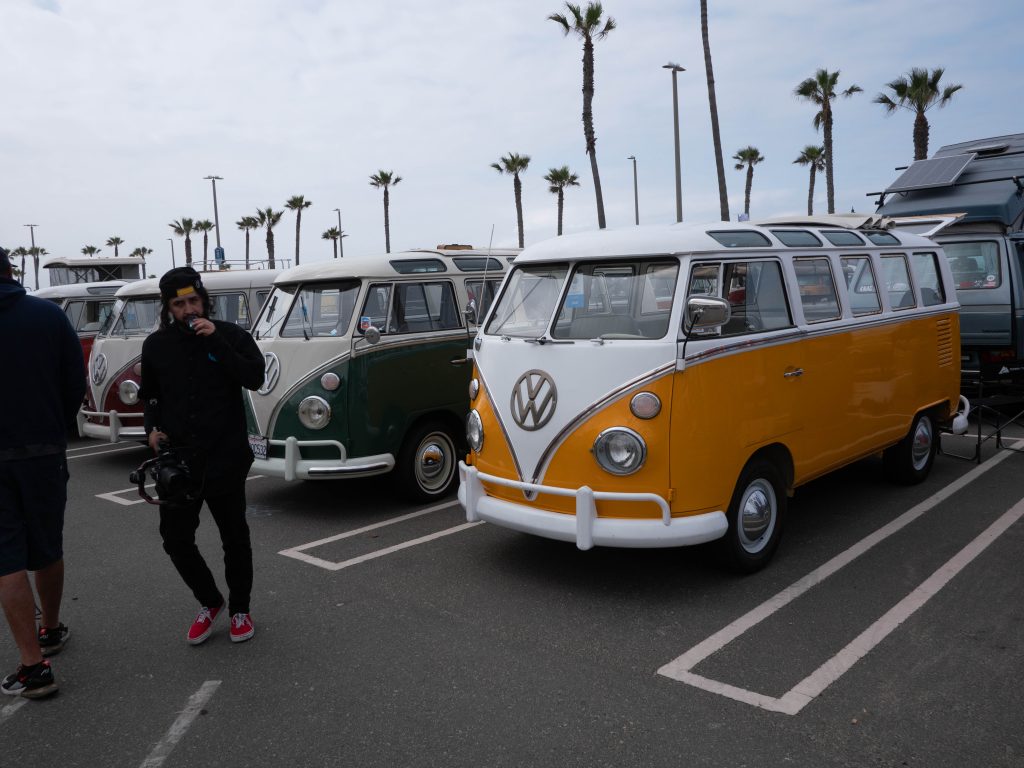
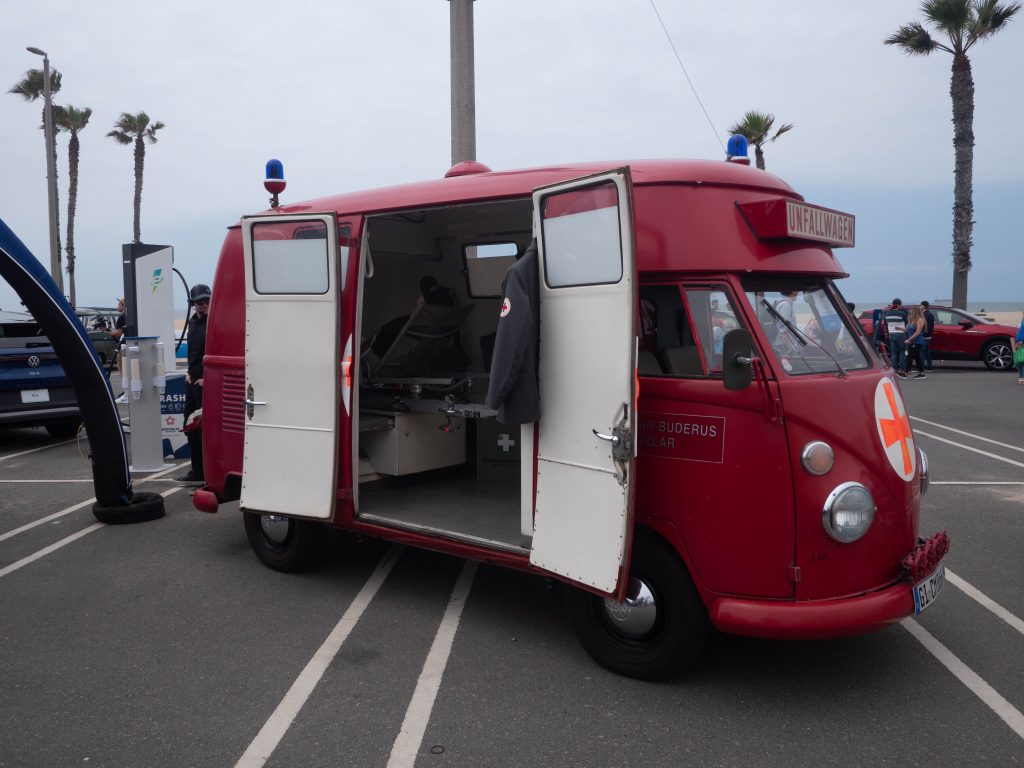
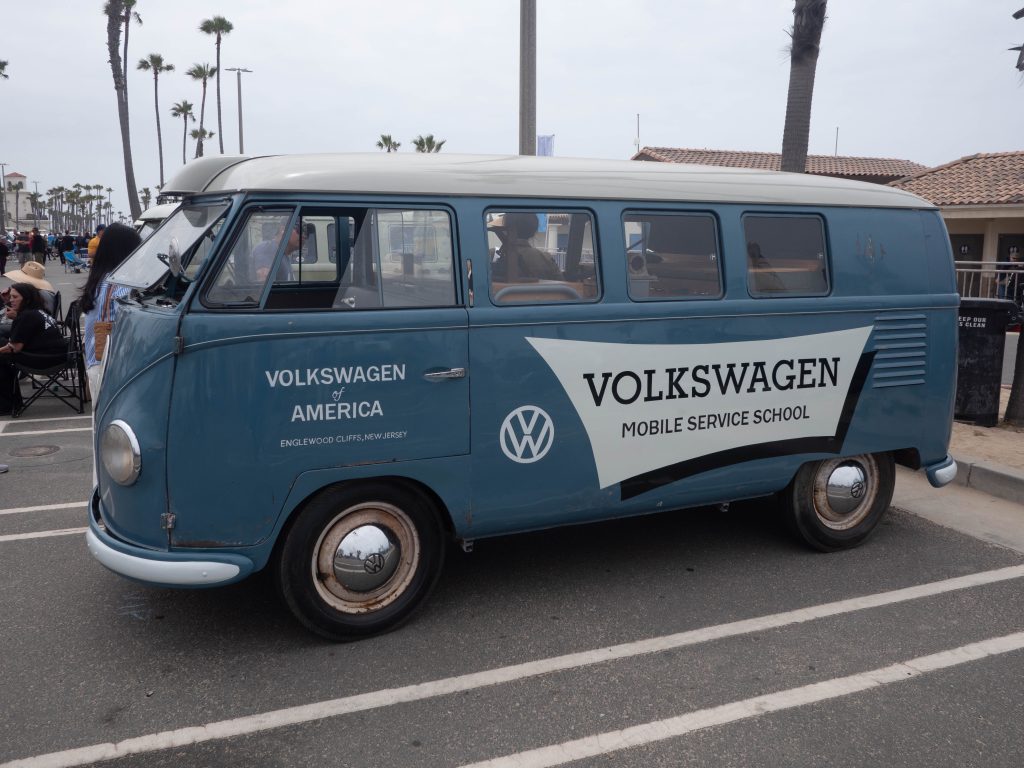
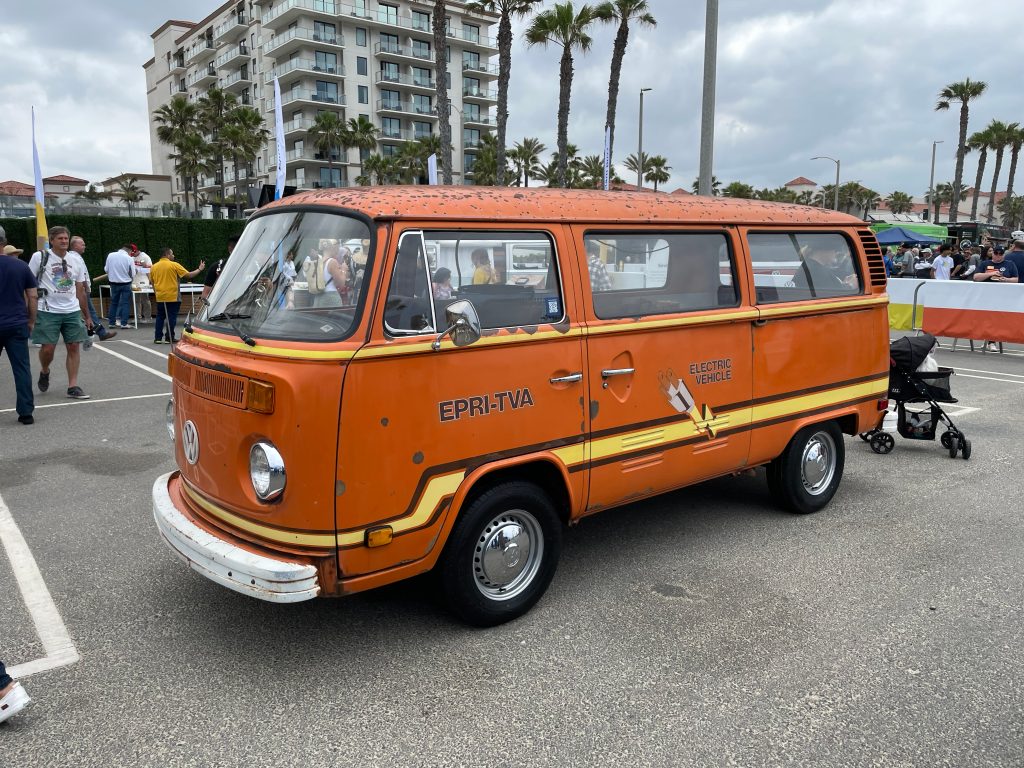
I do question, however, why North America can’t have the two-row version. It seems like everyone is releasing a three-row EV this year, as if suddenly every American family gained two or three extra members that their European counterparts did not.
Somehow, my family’s 180-inch camper slept my whole American family comfortably, despite being a foot shorter than today’s offering – and it even had a kitchen, too. And a Westfalia owner I spoke to, who owned the same vehicle I grew up in, said the same thing: he wished they’d have brought the smaller version here, and earlier.
Top comment by Leonard Bates
I would buy one if I could get the shorter European version. Really not a fan of American excess in vehicle size. And BTW, I have lived in Europe and appreciate their economy in transportation.
VW of America told us that they could pick either the short or long wheelbase for NA, and they chose the long one. They think it would fit the market better, and its myriad customer types.
We have a strange obsession with bigger vehicles here, despite their enormous costs to society (e.g., thousands of pedestrian lives). Some would say that Americans simply demand larger vehicles, but the problem is more complex than that – it’s largely driven by poor regulation that incentivizes the upsizing of cars. Thankfully the EPA has shown signs that it would like to bend the needle back, but somewhat slowly.
Until then, we still get a neat, retro-esque bus that looks like it could get some awesome camper capabilities. But some of us may still wait for a more micro-version of the classic microbus, instead of the maxi-micro-bus America is getting now.
And there are still some questions that are yet unanswered (price, range), but I’m excited to see what VW does with this bus anyway – and to see what kind of cool modifications people get up to in offering potential camper versions and the like.
FTC: We use income earning auto affiliate links. More.





Comments